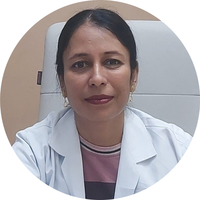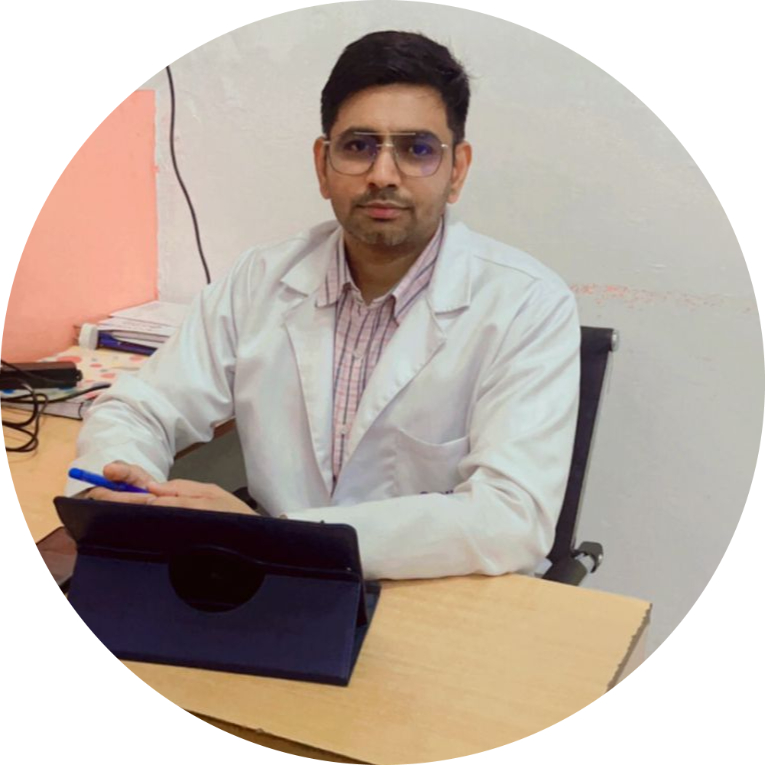Summary
Turbinectomy is a surgical procedure to remove a part or all of the turbinates (concha) from the nasal cavities. Turbinates are structures present in the nose that filter and regulate the air that enters the nostrils. Each nasal cavity contains three turbinates, the inferior, middle, and superior turbinate.
During an infection or allergy, turbinates become swollen and produce excess mucous, resulting in nasal obstruction and difficulty breathing. Turbinectomy provides relief from all these symptoms.
The surgery will be conducted either under general anaesthesia (by giving you medicine to make you fall asleep) or local anaesthesia (numbing medicine). During the procedure, the surgeon will trim or remove the enlarged turbinates by using a microdebrider (high-speed instrument), laser, radiofrequency energy, electric current, or by exposing the turbinate to extreme cold.
The procedure takes about 15 to 30 minutes, and you will be discharged either on the same day or the day after the surgery.










































